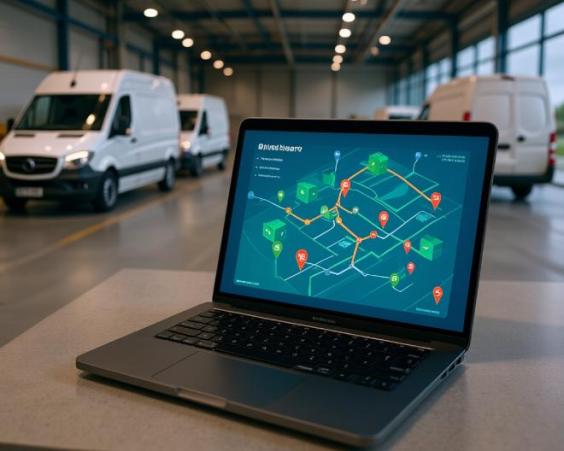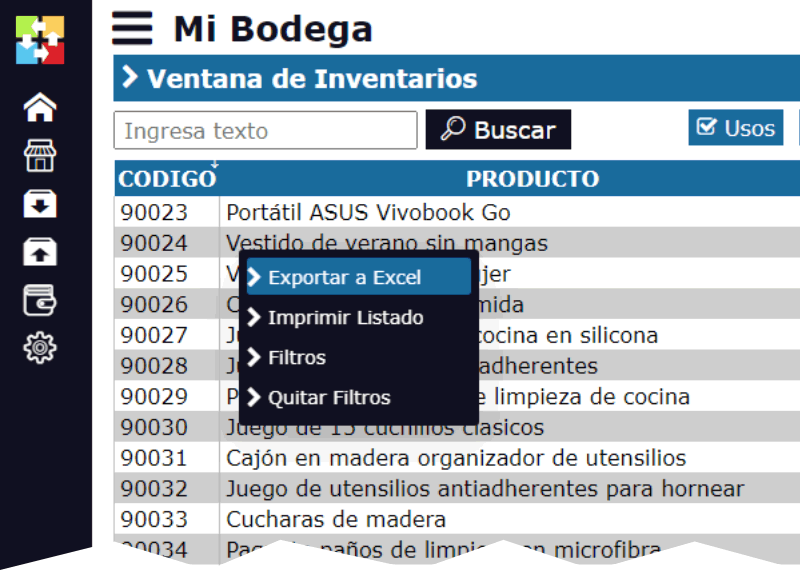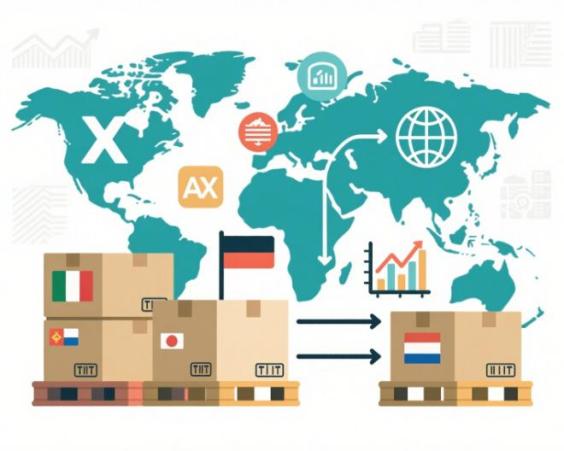Inventory and geolocation: Route optimization for delivery from multiple warehouses.
Inventory and Geolocation: Route Optimization for Multi-Warehouse Delivery
In the digital age, logistics and goods transportation have evolved significantly thanks to technology. Route optimization is a crucial aspect for companies that want to reduce costs, improve efficiency, and increase customer satisfaction. In this article, we will explore how the combination of inventory and geolocation can help optimize delivery routes from multiple warehouses.

The Problem of Route Optimization
Route optimization is a complex problem that involves planning and executing efficient routes to deliver goods to customers. Companies operating with multiple warehouses face an additional challenge, as they must consider the location of each warehouse, the amount of goods available, and customer demand in different geographic areas.
Challenges in Route Optimization
- Transportation Network Complexity: The number of possible routes increases exponentially with the number of warehouses and customers, making planning a challenge.
- Capacity Limitations: Warehouses have limited capacity to store and process orders, which can affect route efficiency.
- Variable Demand: Customer demand can vary by location and time of day, requiring flexible planning.
- Transportation Costs: Transportation costs can vary by distance, vehicle type, and fuel, affecting the company's profitability.
The Solution: Inventory and Geolocation
The combination of inventory and geolocation can help optimize delivery routes from multiple warehouses. Here are some ways this technology can be used:
Real-Time Inventory
A real-time inventory system allows companies to monitor the amount of goods available in each warehouse and adjust delivery routes accordingly. This helps reduce unnecessary trips and increase route efficiency.
Geolocation and Route Planning
Geolocation enables companies to plan optimal routes that minimize distance and travel time. This is achieved through the use of route planning algorithms that consider the location of each warehouse and customer, as well as the amount of goods available.
Integration with Fleet Management Systems
Integration with fleet management systems allows companies to monitor the location and status of vehicles in real-time. This helps identify opportunities to optimize routes and reduce transportation costs.
Benefits of Route Optimization
Route optimization can generate several benefits for companies, including:
- Reduced Transportation Costs: Route optimization can reduce unnecessary trips and minimize distance and travel time.
- Increased Efficiency: Optimal route planning can increase route efficiency and reduce delivery time.
- Improved Customer Satisfaction: Timely and efficient delivery of goods can improve customer satisfaction and increase loyalty.
- Reduced Environmental Impact: Reducing distance and travel time can reduce the company's environmental impact.
Conclusion
Route optimization is a complex challenge that requires considering multiple factors. The combination of inventory and geolocation can help companies optimize delivery routes from multiple warehouses, reduce costs, and improve efficiency. By implementing this technology, companies can improve customer satisfaction, reduce environmental impact, and increase profitability.





